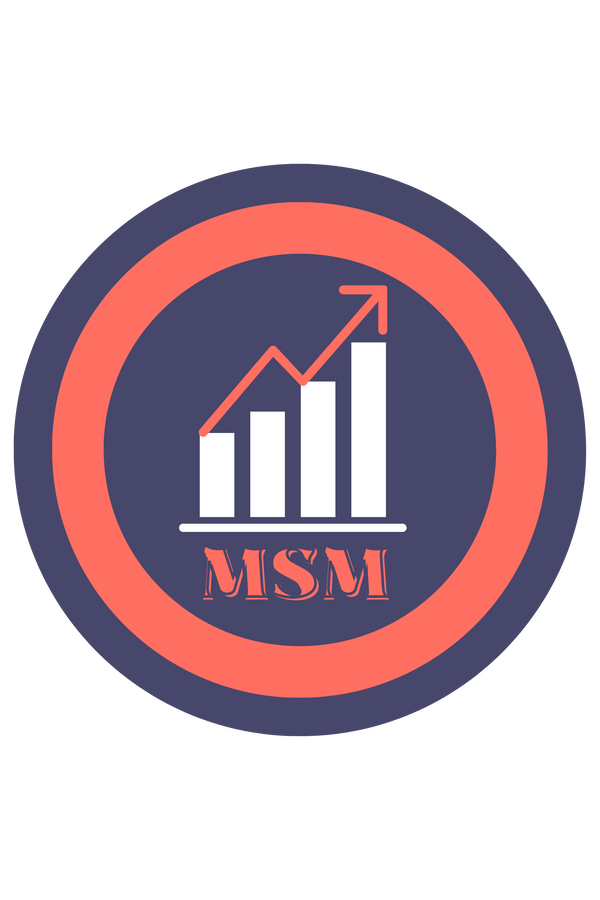Investing has become more accessible than ever with the rise of robo-advisors. These automated platforms use algorithms and data to manage your investments, providing a low-cost alternative to traditional financial advisors. But with so many options available, how do you choose the right one for your needs? Here's a step-by-step guide to help you make the best decision.
1. Understand What a Robo-Advisor Does
Before diving into the selection process, it’s important to understand what a robo-advisor is. Essentially, a robo-advisor uses automated, algorithm-driven financial planning services with little to no human supervision. Based on your financial goals, risk tolerance, and timeline, it will create and manage a diversified investment portfolio for you.
Robo-advisors typically offer services like:
- Automated portfolio management
- Rebalancing of your investments
- Tax-loss harvesting (on some platforms)
- Retirement planning tools
2. Identify Your Investment Goals
The first step in choosing a robo-advisor is to identify your investment goals. Are you saving for retirement? Looking to grow a long-term investment portfolio? Or are you interested in saving for a short-term goal, like a down payment on a house?
Each robo-advisor may have strengths in different areas. For example, some platforms are specifically designed for retirement savings, while others may focus on general wealth-building or even socially responsible investing. Clarifying your goals will narrow down your options.
3. Evaluate the Fees
One of the major advantages of robo-advisors is their low cost compared to traditional financial advisors. However, fees can still vary between platforms, so it’s important to understand how they charge.
Most robo-advisors charge a percentage of the assets under management (AUM), typically ranging from 0.25% to 0.50% annually. While this might not seem like much, fees can add up over time, especially as your portfolio grows. Make sure to compare the fees of different robo-advisors and consider what services are included in those costs.
4. Consider the Minimum Investment Requirement
Some robo-advisors have minimum investment requirements, while others allow you to start with as little as $0. If you're new to investing or don’t have a large sum to start with, look for a platform with a low or no minimum requirement. Platforms like Betterment or Wealthfront, for instance, cater to beginners by offering low starting points.
On the other hand, if you’re an experienced investor with more significant assets to manage, you may want to explore platforms that offer premium services for higher balances.
5. Look for Customization and Personalization
Even though robo-advisors are automated, some platforms allow for a higher degree of customization. If you have specific investment preferences, such as a desire to include socially responsible investing (SRI) options, or you want more control over how your portfolio is allocated, look for a robo-advisor that offers flexibility.
Some platforms may even include human advisory services, giving you the option to consult with a human advisor alongside the automated services.
6. Check for Tax Optimization Features
Tax efficiency is an important aspect of investing, especially for taxable accounts. Some robo-advisors, like Wealthfront and Betterment, offer tax-loss harvesting, a strategy that minimizes your capital gains taxes by selling investments that have lost value.
If you’re investing in a taxable account, choosing a robo-advisor with strong tax optimization features could save you money in the long run.
7. Consider User Experience and Interface
The usability of the robo-advisor platform can significantly impact your overall experience. Most platforms provide a website and mobile app that allows you to track your portfolio, adjust goals, and review performance. Look for a platform with a user-friendly interface that makes it easy to manage your investments on the go.
Reading customer reviews or trying out a demo account, if available, can help you determine if the platform meets your expectations.
8. Assess Customer Support
While robo-advisors are largely automated, it’s essential to have access to customer support when you need it. Some platforms offer robust support, including live chat or phone consultations, while others may only provide email support. Be sure to evaluate the availability and responsiveness of the support team.
Additionally, some robo-advisors offer hybrid models where you can consult with a human advisor for more complex financial planning.
9. Research Investment Philosophy and Strategies
Each robo-advisor follows a different investment philosophy, typically grounded in modern portfolio theory. However, some may focus on more conservative strategies, while others aim for higher growth, depending on your risk tolerance and goals.
It's also worth noting how each platform rebalances your portfolio. Most robo-advisors will automatically adjust your asset allocation over time, but some may offer more frequent or more personalized rebalancing than others.
10. Review Additional Features
Finally, review any extra features that may set one robo-advisor apart from the rest. Some platforms offer perks like:
- Retirement planning tools: Projections and calculators to help you reach your retirement goals.
- Financial planning: Comprehensive financial tools and services.
- Goal tracking: Features that help you track progress toward specific financial milestones.
These features can provide added value and enhance your overall investment experience.
Conclusion: The Right Robo-Advisor for You
Choosing the right robo-advisor comes down to understanding your personal financial goals, evaluating fees, and determining which platform offers the best fit for your needs. By following the steps outlined in this guide, you’ll be able to make an informed decision that aligns with your financial goals and helps you maximize your investments.
Remember, the best robo-advisor is the one that supports your unique financial journey, whether you're a first-time investor or looking to optimize an existing portfolio. Take your time to research, compare options, and choose a platform that aligns with your priorities.





